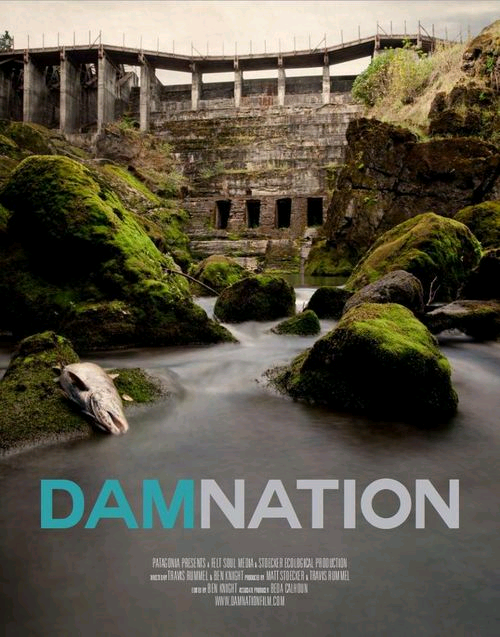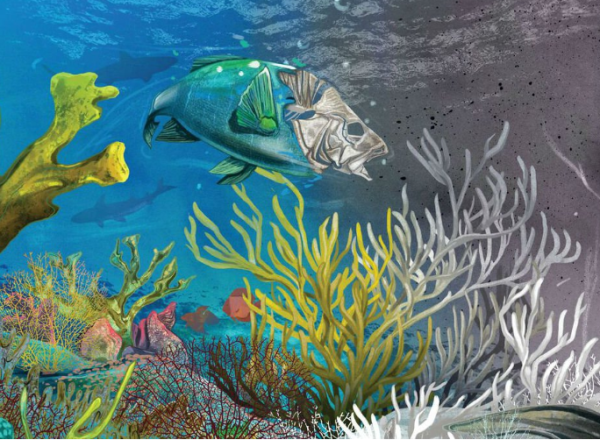Damnation: The Truth Behind Dams
April 6, 2016
Dams and Hydropower represent a large part of the United States history. The movie Damnation it explains to us how concerned we should be with the creation of dams in the United States.
In the United States alone we have over 75000 dams that are above three feet today, and the number is still growing.
In the movie Damnation, they explain how many national landmarks are being destroyed. For example, Hetch Hetchy National Park was a large valley and a large tourist attraction, but that soon came to an end in 1923 when the O’Saughnessy Dam was put up on the Tuolumne River causing the entire valley to flood. It was not until 1934 when it started to supply water for the city of San Francisco and the bay area.
The movie also explained to us on how important dams were during World War II. The production of dams and hydropower became very effective when it came to making products to help out in the war. They were able to make a large quantity of products such as airplanes, and ammunition in a short amount of time which helped the Allies rise to victory.
In the 1880’s dams were starting to take over and ruin the fish runs, which also lead to the decline of the population of fish. People decided to harvest fish for an opportunity to create more jobs, which weakened the fish population.
One large problem happening currently with the large amount of dams is all the fish that cannot pass through the dams. They have created fish hatcheries to artificially breed fish to help from the decline with the fish population. These fish hatcheries are not actually the most helpful way to preserve fish, because the fish have no path to follow like the other non-bred fish do, and have done for hundreds and thousands of years. Most fish are not able to go out into the wild due to the amount of toxins and chemicals that are inside during the process of breeding the fish and end up being used for agriculture foods.
Another problem that is brought up in the movie is the dams on the Columbia river located in Washington state. There are eight dams blocking the path for sockeye salmon and are not able to pass through to lay their eggs.
Before the dams were put up over 900,000 salmon were able to pass through the Colombia, but now less than one percent of those fish make it through all eight dams without the help from humans.
They have now put the fish into boats and shipping trucks to go across all eight dams and drop them off so they are able to lay their eggs. The cost to transport each fish across all eight dams is around nine-thousand dollars.
Many dams are not useful and even no longer in use. The dams that do not have any use have no need to stay up any longer. Many dams have years of sediment building up and not helping the landscape beyond the wall of the dam.
This movie really opens peoples’ eyes on how humans are affecting the environment and how much change is needed in order to make this world a better place. Humans have gone too far with the construction of dams, and how we need to destroy the dams that are no longer in use.










